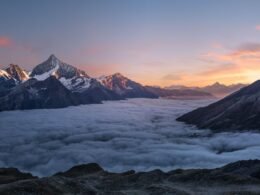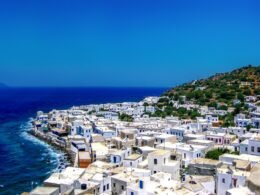Welcome to beautiful India, a vast South Asian country brimming with rich culture and history, mouthwatering cuisine, intoxicating aromas, action-packed Bollywood blockbusters, some 1.4 billion people, and the most remarkable historical landmarks the world has ever seen.
Incredible, isn’t it? And if you’ve never visited, well, you’ve surely been missing out on some of the most stimulating attractions, experiences, and natural landscapes, you’ll find in any country.
From Taj Majal to Diwali, trekking the Himalayan Mountains to Meenakshi Amman Temple, praying in the Ganges River to throwing colored powder, and shooting water guns at Holi, the Festival of Colors. Trust me when I say there’s no place like it.
And now you’ve landed here because you’re putting together, or at least, thinking of planning your own great adventure in India. You’ve got some great idea of cities you’d love to explore, attractions you can’t wait to see, and events you’d like to attend, but the most important question left for you to ask is: When is the best time to visit India?

Table of Contents
- Let’s Talk About India’s Weather
- April to June: Scorching Hot
- June – September: Get Ready for India’s Monsoon Season
- Late September – March: Peak Season
- “No Matter the Weather, I’m Going to Attend This Festival!”
- January – Celebrate Republic Day
- February – Enjoy a Festive Parade at Goa Carnival
- March – Get Color Blasted at Holi Festival
- April – Experience Outdoor Activities in a Hill Station
- May – Watch an Ethnic Festival
- June – Catch a Breathtaking View of Flowers
- July – See Natural Beauty at the “Wettest Place on Earth”
- August – Celebrate Independence Day
- September – Watch a Snake Boat Race
- October – Celebrate Indian’s Most Popular Holiday
- November – Ride on Any One of Thousands of Camels
- December – Big Fat Weddings
- So, What’s Next?
Let’s Talk About India’s Weather
Weather is the most important thing to consider before visiting any region around the world. After all, it could make or break everything you’re planning to do if some place is too wet, scorching hot, or blistering cold.
Although India is a large country with varying climate zones, fortunately, the majority of the region is generally cool, wet, warm, and hot throughout the year, and there are only a few months that lean towards the extreme. Here’s a breakdown of what kind of weather you can expect annually in India.
April to June: Scorching Hot
Welcome to the hottest time of the year in India. From April through June—India’s summer months—the vast majority of India experiences a significant increase in temperatures, which can fall anywhere between 70°F and 105°F depending on the month and region.
In May, considered the hottest month in India, a low of 85°F to start the day will likely reach well over 100°F by mid-afternoon. With that, relentless heat waves are commonplace and it’s recommended to visit popular tourist attractions in the morning or evening when temperatures are … slightly, cooler. And obviously, carrying a jug of water is a must.
At the start of June, temperatures are still relatively hot, and the air becomes wetter and more humid due to the incoming monsoon season.
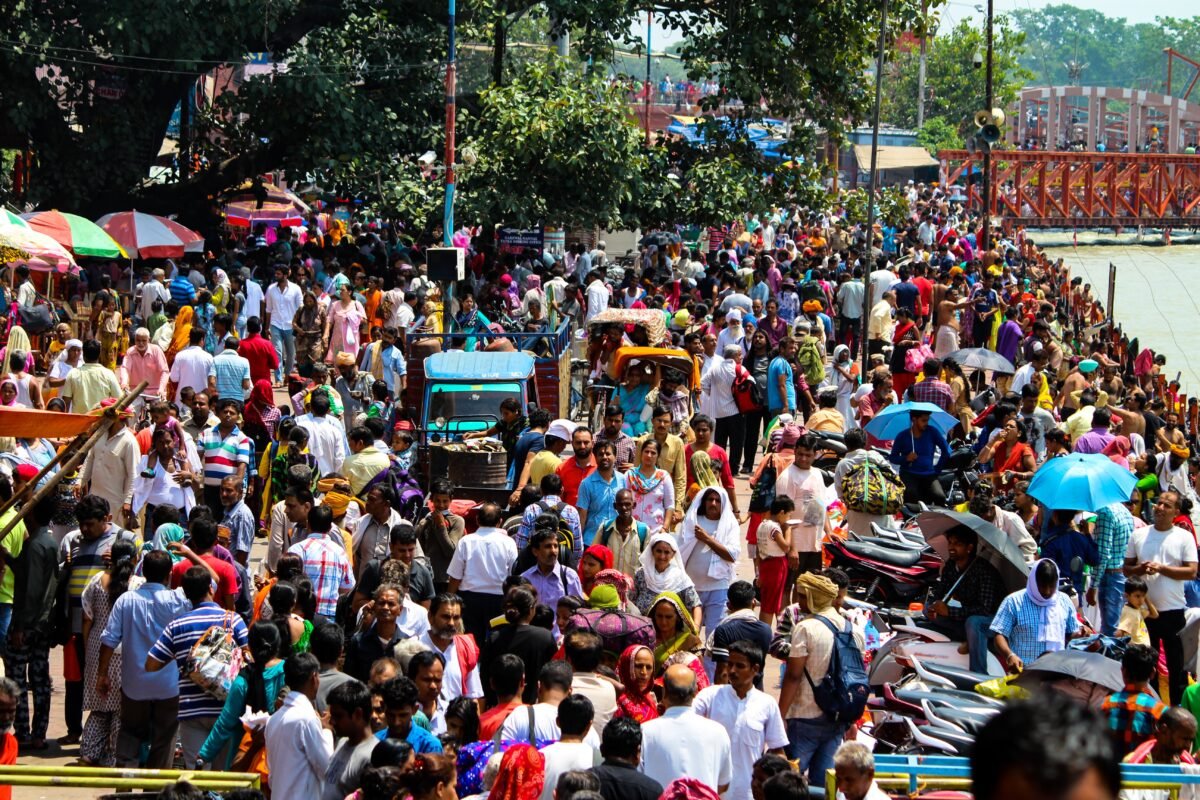
What Are the Best Things to Do During India’s Summer Months?
Two words: Beaches and mountains. Well, at least, those are the first things that come to mind. India’s coastal beaches are the perfect getaways during the blistering summer months. Goa’s Palolem, Anjuna, Arambol, and Baga beaches are popular oceanside hubs for domestic and international tourists. Likewise, Varkala, Radhanagar, and Kovalam beaches are great for their scenic views, water sports, and family friendly vibes.
Furthermore, India’s summer months are a great time to get outside and explore the region’s pictorial mountains and lakes. Hop on a gondola ride in overlook Gangtok, take a boat ride across Lake Pichola and admire the unparalleled beauty of Lake Palace Hotel, cliff dive and bungee jump in Rishikesh, or roam the picturesque rolling grass fields of Munnar and Mount Abu.
And of course, don’t forget to consider an adventurous trek up India’s Himalayan mountains. If you love hiking in the heat whilst under clear blue skies then chances are you’ll already know the drill—bring a pair of shades, a bucket hat, a lightweight jacket, some cargo shorts, water, and get ready to rock n’ roll.

June – September: Get Ready for India’s Monsoon Season
By mid-June much of India is overcome by a full-swing monsoon season, which brings heavy rainfall and frequent thunderstorms. The southern region of India is especially a target of pounding rain, and there are days on end of it, too. Plus, there are huge spikes in humidity during monsoon season, particularly in July, due to the mixture of intense heat, water evaporation, and moisture in the air. In fact, it’s not uncommon to find locals bathing twice a day just to keep cool and rid themselves of sweat.
In August, the higher water levels caused by monsoons makes it a great time to go on a Ganges River cruise and explore famous historical buildings, monuments, and landmarks of India, from the riverbanks.
Monsoon season gradually dissipates in September. You’ll still find short spurts of both heavy and light rain for half the month, but September is generally drier and sunnier than the previous months, and less hot than the upcoming winter months.
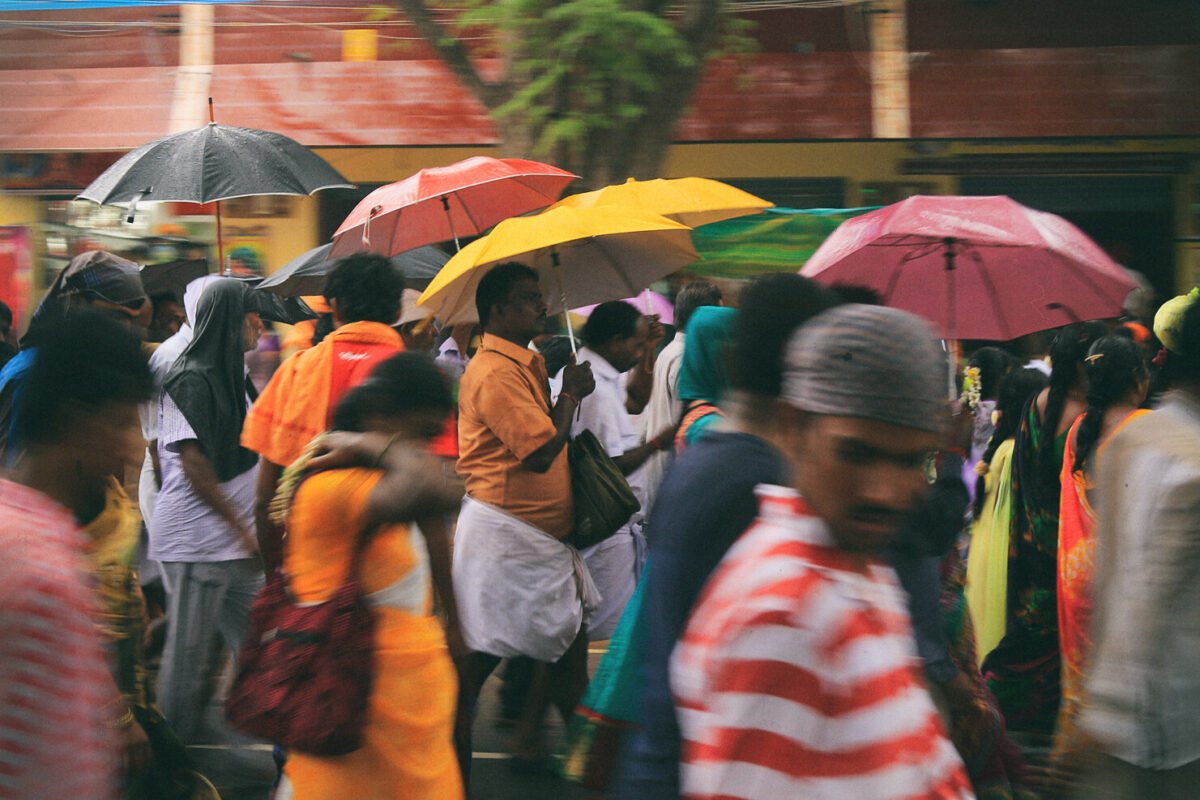
Is it Safe to Travel to India During Monsoon Season?
It is not advisable to visit many places in India during the country’s monsoon season. The unyielding rain and thunderstorms have been known to cause flooding, landslides, strong ocean currents, damage to infrastructure, and huge traffic jams.
You’ll probably want to skip that trip to the beach—some resorts actually shut their doors during monsoon season—and keep away from the Himalayans unless you plan to visit at the early start of June.
Moreover, there are a few places in India, like the exotic Rajasthan desert, that are either completely unaffected by monsoons, and others, like the national parks and wildlife sanctuaries of Wester Ghats, where their natural beauty is only inherently embolden by the rain.
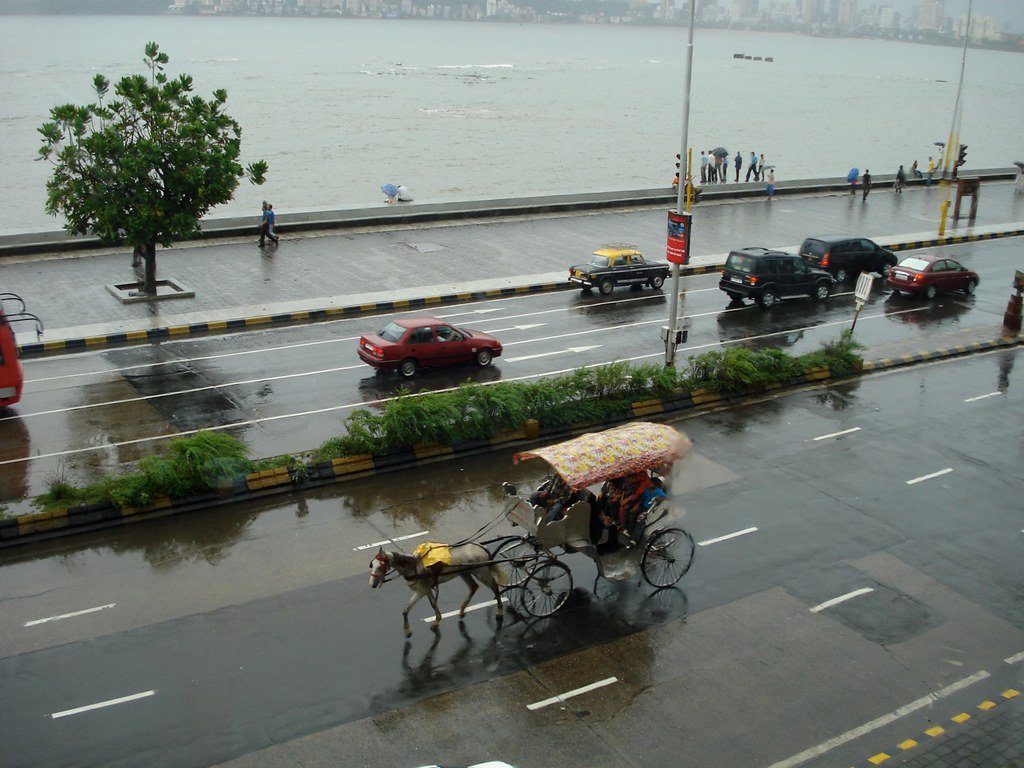
Late September – March: Peak Season
Peak season, October to March, is the best time to visit India.
October is considered a transition month in India. Monsoon season is completely over—there are still sporadic showers—and with that, the return of days-on-end of sunny weather and hot temperatures slowly emerges and peak season for travel and tourism in India officially begins.
November to March is the driest and sunniest time of year in India. During this season rainfall is rare, humidity is low, and with the sun brighter in the sky, temperatures are generally warm to hot and cool in the evenings during the initial months.
With such tolerable weather, it’s the perfect time to travel and explore attractions, historical landmarks, festivals, beaches, and national parks, across India.

What are Some of the Best Things to Do in India During Peak Season?
Everything. Feel free to visit Taj Mahal, or the Gateway of India in Mumbai. Worship along Ganges River in the holy city of Varanasi, meditate in Mahabodhi Temple in Bodhgaya, and learn more about tantric practices and Kama Sutra in the Khajuraho temple. The opportunities are limitless.
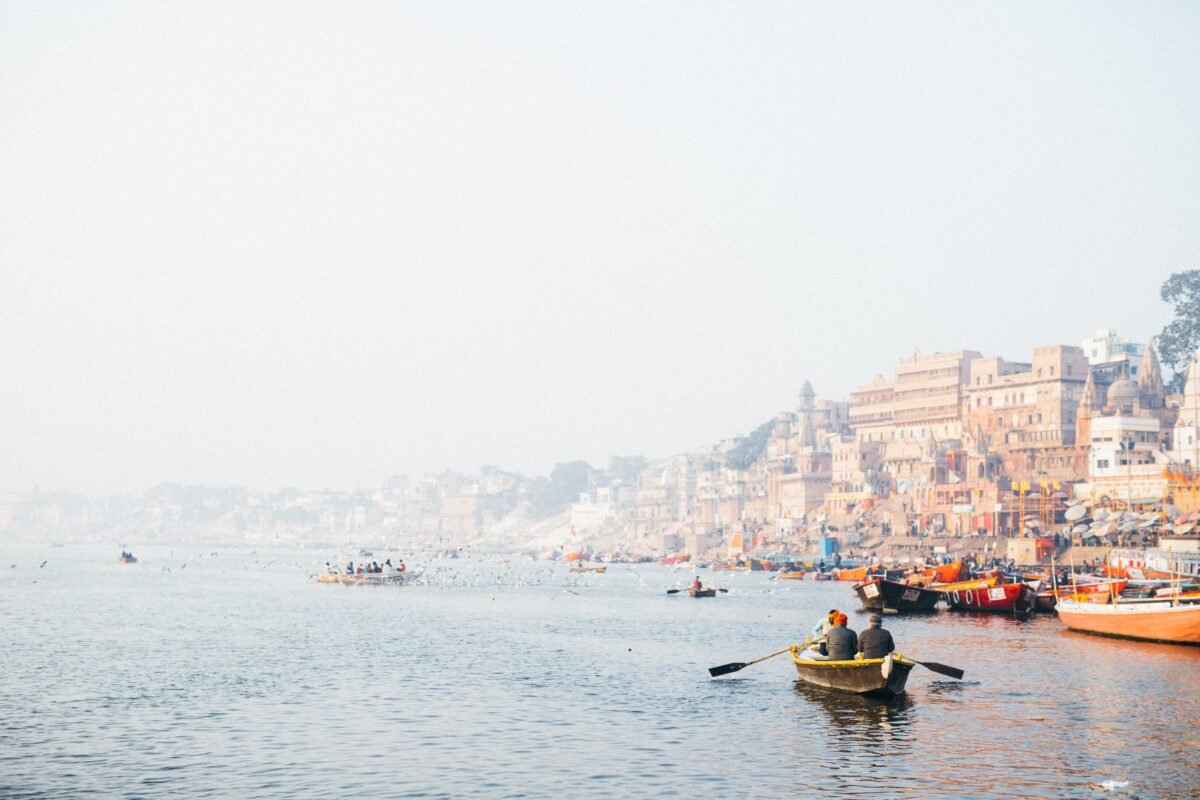
“No Matter the Weather, I’m Going to Attend This Festival!”
I get it. Maybe you agree that weather is the most important thing to check before planning your vacation, but sometimes, an unrelenting wish to experience an event or festival on the other side of the world will have you feeling completely unbending to any tough climate.
Take India, for example. The country’s loaded with exciting things to do and cultural festivities to observe and/or partake in for every month of the year, and every kind of climate, which means you may have to deal with a hard-hitting monsoon or blistering heat during an event.
Let’s continue our breakdown of the best time to visit India with some popular festivals and experiences to try each month:
January – Celebrate Republic Day
Republic Day honors India’s enactment of its constitution in 1950, post colonial rule under Britain. The holiday is commemorated nationwide, but you’ll want to celebrate Republic Day in India’s capital, New Dehli, where you can watch India’s largest parade take place. It features marching from India’s Army, Navy, Air Force, and camel mounted Border Security Force, along with military aircraft flyovers, live bands, cultural dances, and more.
Date: January 26th

February – Enjoy a Festive Parade at Goa Carnival
February’s beautiful winter weather makes a trip to one of Goa’s beaches a requirement. Even better, you’ll want to attend the Goa Carnival, a colorful parade akin to Rio’s Carnaval. Expect floats, bands, costumes, food, drinks, and lots of dancing over three days and three nights.
When: 3rd or 4th week of February
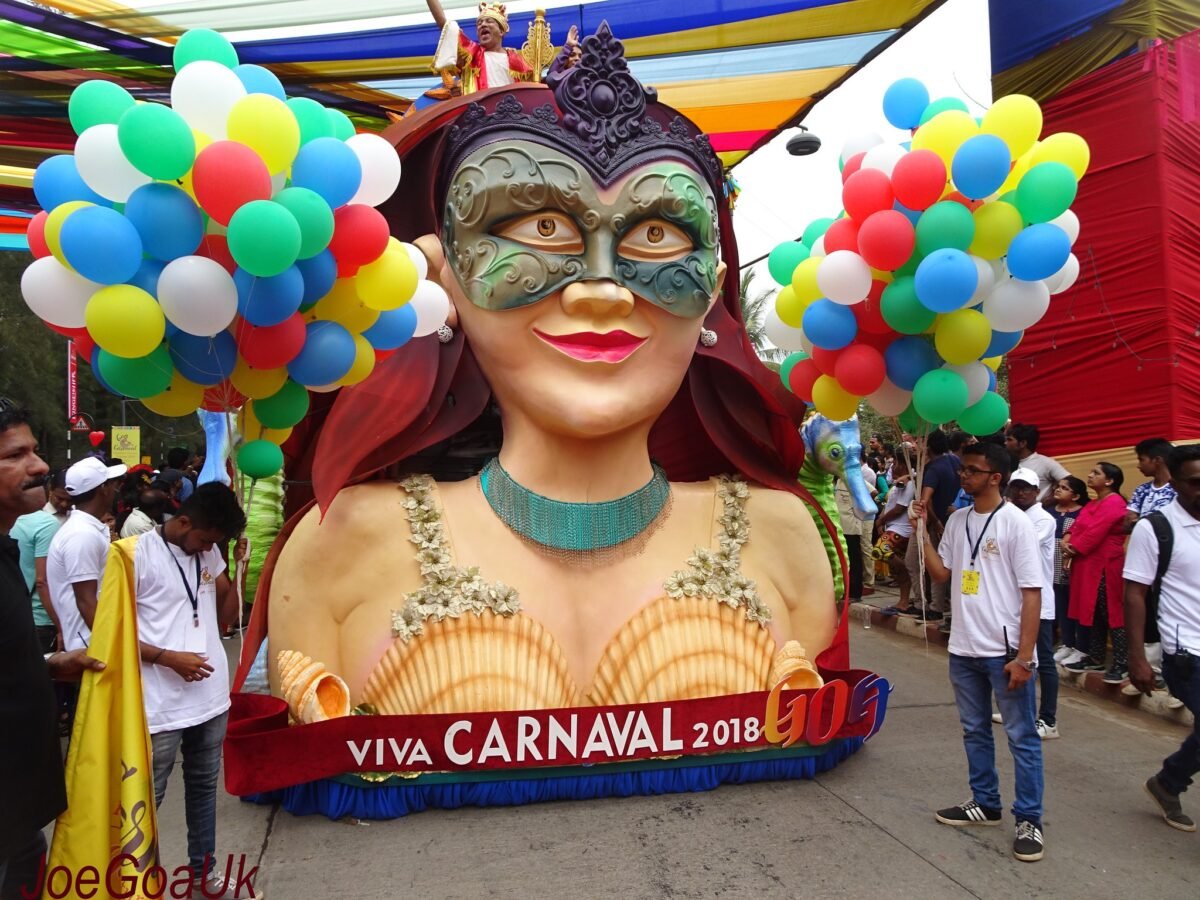
March – Get Color Blasted at Holi Festival
India’s Holi Festival, also known as the Festival of Colors, is one of the more popular festivities that’s widely celebrated in and out of the country. Holi signifies the end of winter and arrival of spring, which equates to a chance to repair broken relationship and have a fresh start at life.
The festival is typically celebrated with bonfires in public spaces, seasonal foods, singing and dancing, and, perhaps most enjoyable of all, an amusing smearing of colored powders on faces and water balloon fights filled with colored solutions.

April – Experience Outdoor Activities in a Hill Station
April is a fantastic time to explore India’s hill stations, which are towns or resorts settled at high altitudes, usually above plains or valleys. They are great destinations to escape the crippling heat, and are perfect for adventurous outdoor activities in nature like hiking, camping, rock climbing, skiing, paragliding, rafting, and observing gorgeous fields of flowers. Fortunately, India contains the largest amount of hill stations in the world, so there are plenty of options to choose from.
Hill Stations to Visit in India: Srinagar, Gulmarg, Khajjiar, Bir Billing, Mcleodganj, Amarkantak, Kudremukh

May – Watch an Ethnic Festival
Moatsu Festival celebrates the Ao People of Nagaland. Festivities such as ritual singing, dancing, weaving, wearing colorful and intricate costumes, and battling it out in an epic game of tug of war, are held to promote peace within their community and ward off stress, misfortune, and evil.
When: First week of May

June – Catch a Breathtaking View of Flowers
You’ll want to visit India’s Valley of Flowers National Park in late June right after the start of monsoon season, when heavy rain helps animate the area’s hundreds of varieties of exotic against a magnificent backdrop of snow-capped mountains. Visitors can also walk nature trails and view a number of endangered species, and even stay in a tent or homestay accommodations in the area.

When: Late June/July
July – See Natural Beauty at the “Wettest Place on Earth”
With an average rainfall of 11359.4mm from 1971-2020, Cherrapunji, a town situated on the Khasi Hills, is surrounded by lush mountains, roaring streams, and breathtaking waterfalls. Under the umbrella of heavy monsoon rain, Cherrapunji looks and feels like the embodiment of beautifully written poems about nature.
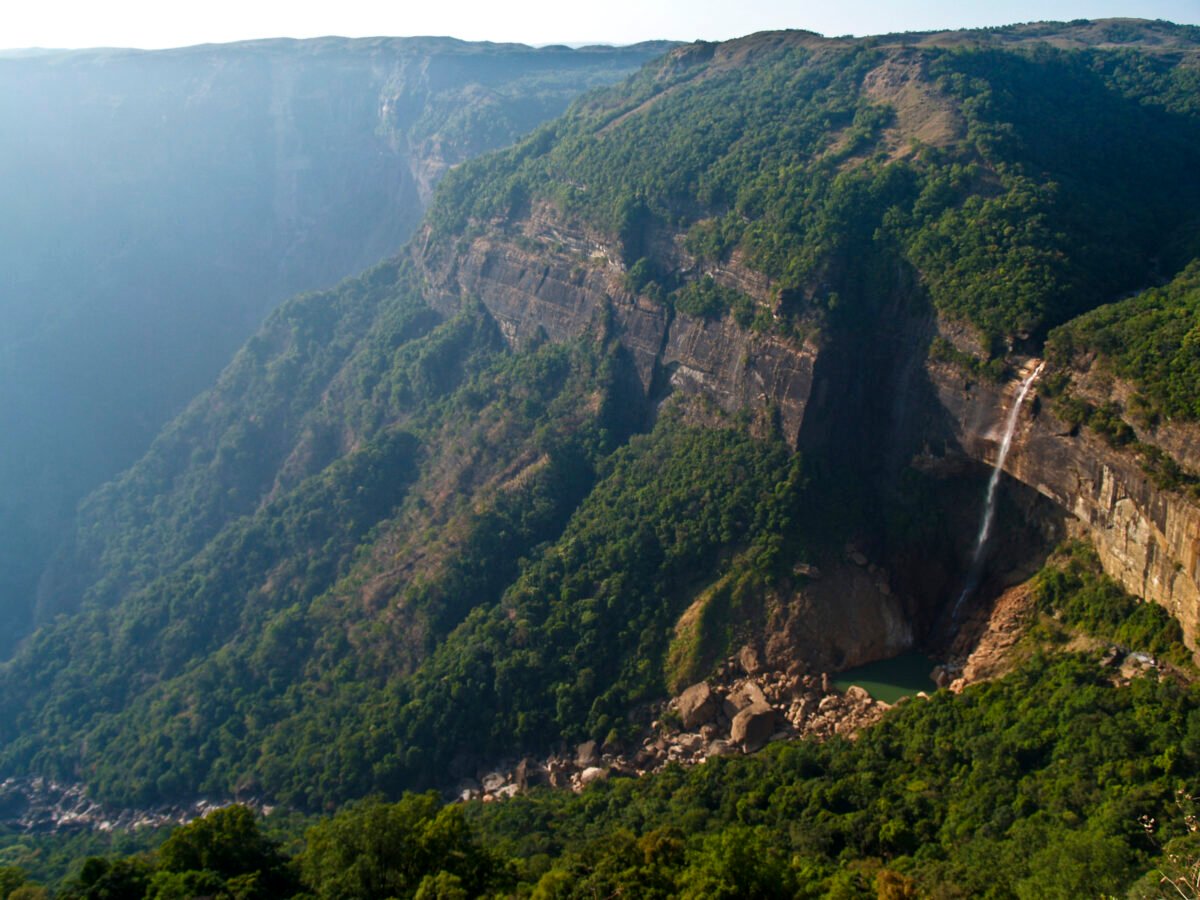
August – Celebrate Independence Day
August 15th marks Independence Day in India. Feel free to watch flag hoisting ceremonies, watch the president broadcast a patriotic speech, view parades, watch cultural dances, and, per tradition in northern cities, go kite flying at a park or public space.

September – Watch a Snake Boat Race
Much like China’s dragon boat racing, India’s snake boat races feature dozens of boatsmen paddling in unison while riding a wooden canoes. The biggest snake boat race takes place at the Nehru Trophy Boat Race in Punnamada Lake, Kerala.
When: Early September

October – Celebrate Indian’s Most Popular Holiday
Diwali, or Festival of Lights, is considered one of the most important holidays in India. It’s celebrated over 5 days, and each day has a significant theme. On Day 2, for instance, locals decorate their homes with clay lamps, candles, and electric lights and create elaborate design patterns on the floor. On Day 3, feasts, fireworks, and prayers are held and gifts are exchanged between families.

November – Ride on Any One of Thousands of Camels
India’s Pushkar Camel Fair brings in 50,000 camels for riding, beauty contest, performances, and trade. A carnival full of carousel rides is put together, and activities that included musical shows, dancers, snake charmers, magic, and even hot air balloon rides, are held as well.
When: Early-Mid November
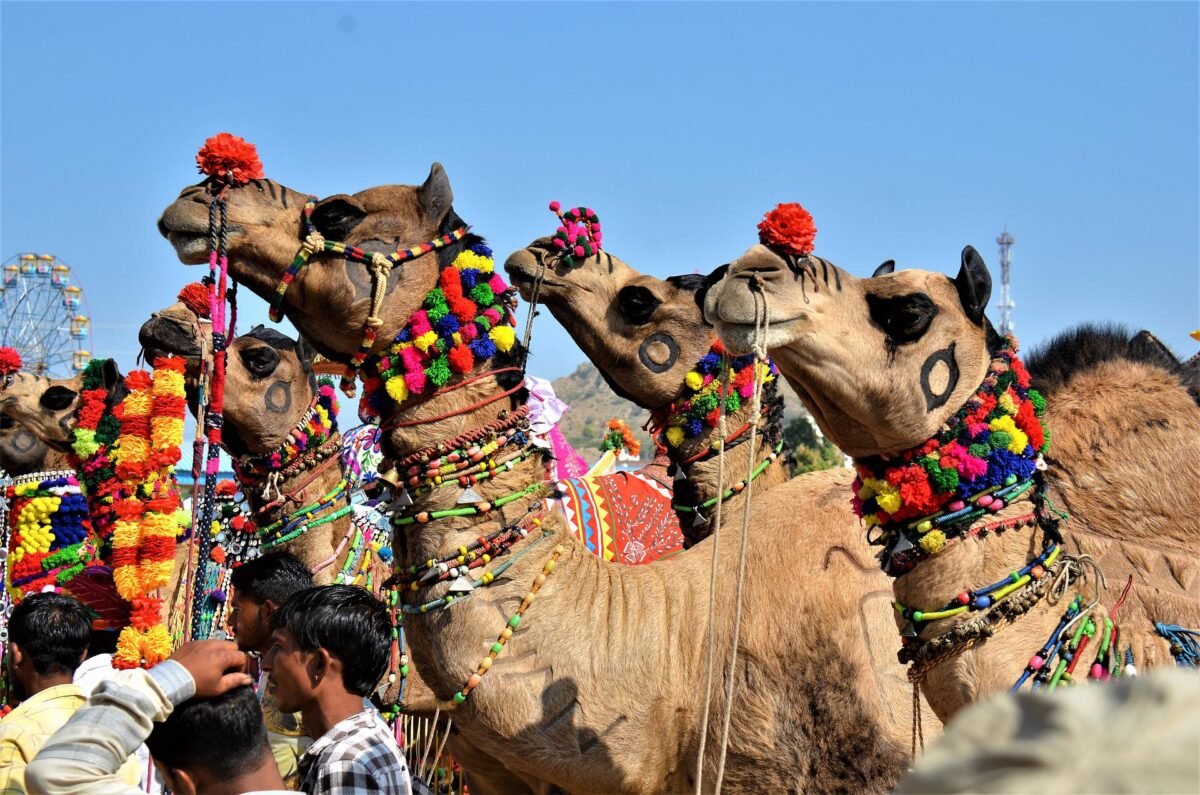
December – Big Fat Weddings
December is a great time of year to experience extravagant Big Fat Weddings in India—that is, if you can gain access—which are very commonplace during the time. Families and couples spend millions of dollars on over-the-top weddings. Go ahead, just check out “The Big Day” on Netflix and see for yourself.

So, What’s Next?
Now that you’re caught up on when’s the best time to visit India, when do you think you’ll make the trip? Are you a summertime explorer or do you prefer adventures in the rain? Does weather even affect when you’ll go or are there specific festivals you want to attend no matter the climate? Either way, India is a beautiful country that welcomes you with open arms! Safe and happy travels!









